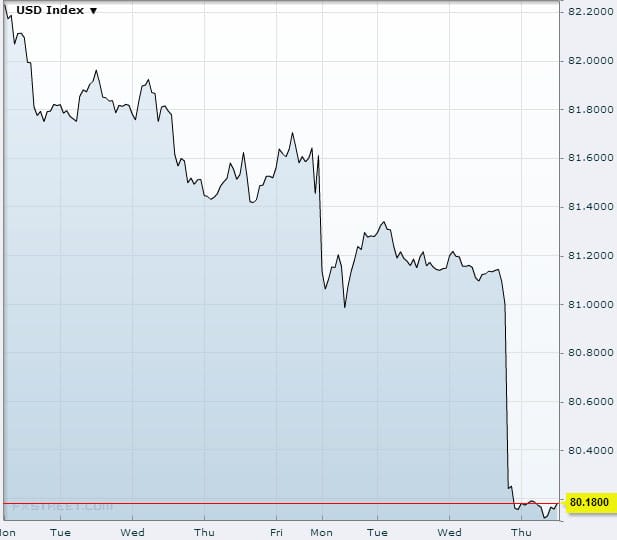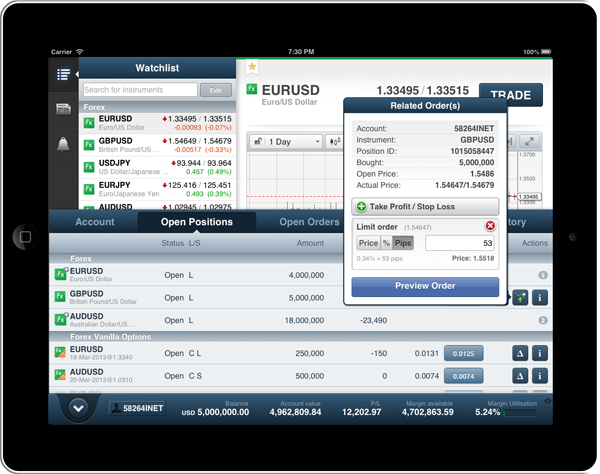Markets were left stunned yesterday with the announcement that the Federal Reserve’s much-anticipated plans to scale back its quantitative easing programme have been put on ice for the time being. The majority of analysts and investors had expected at least a modest cut in the massive monetary stimulus package, which has seen the Fed pump $85 billion per month into buying up bonds in an attempt to get the US economy going again.
Ben Bernanke, current Chairman of the Federal Reserve, justified the central bank’s decision on the grounds that tapering now would have put the economy under too much strain, with higher mortgage rates, a tight fiscal policy, and disappointing growth in the jobs market necessitating a continuation of the monetary stimulus programme. He also refused to commit to reducing the scale of bond purchases this year, amid reduced growth forecasts for 2013 and 2014.
Instead of the slight rally that would have come with the announcement that the Fed was going to cut back its bond buying programme, the dollar slumped to a near 7-month low against a basket of major currencies in reaction to the Fed’s decision to maintain the status quo. It fell a massive 1.2% on the news, and continued to decline this morning, making it the biggest one-day drop in over two months.

Source: FXstreet.com
The safe-haven yen also fell to a three and a half year low against the euro in the wake of the news, as investors fled to riskier assets such as stocks and commodity currencies, both of which would have taken a hit had the Fed taken the expected course of action.
The dollar’s loss was the euro’s gain, with the single currency soaring to a seven and a half month high of $1.3569. It has since consolidated, but some analysts are predicting that it could go on to top this year’s high of $1.3711.
Speaking to Reuters, CIBC World Markets’ head of currency strategy Jeremy Stretch said “U.S. yields are lower and it makes sense to move out of dollars into the euro and sterling….by the time we have the European Central Bank meeting early next month, we could have the euro at $1.37 which will pose a headache to (President Mario) Draghi.”
The rally in the euro could be bad news for Europe’s faltering recovery, as a strong currency could hit exports and make it more difficult for the ECB to keep its promise to maintain an accommodating monetary policy.
With cheap dollars continuing to flood into the economy, higher-yielding currencies such as the New Zealand dollar benefited. The Kiwi climbed 0.8% to a four month high of $0.8436, aided by encouraging economic data coming out of New Zealand yesterday.
Tradersdna is a leading digital and social media platform for traders and investors. Tradersdna offers premiere resources for trading and investing education, digital resources for personal finance, market analysis and free trading guides. More about TradersDNA Features: What Does It Take to Become an Aggressive Trader? | Everything You Need to Know About White Label Trading Software | Advantages of Automated Forex Trading











































